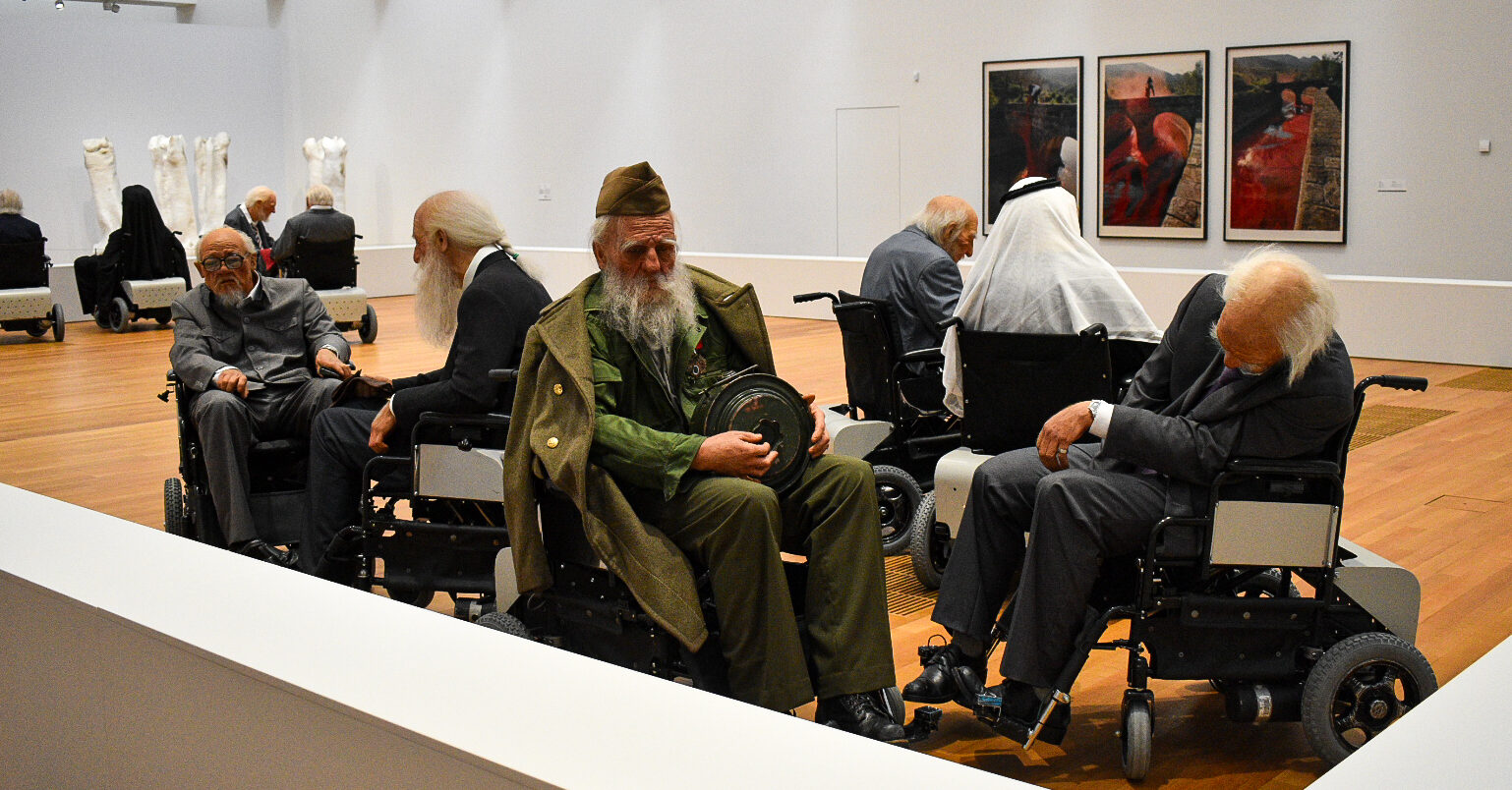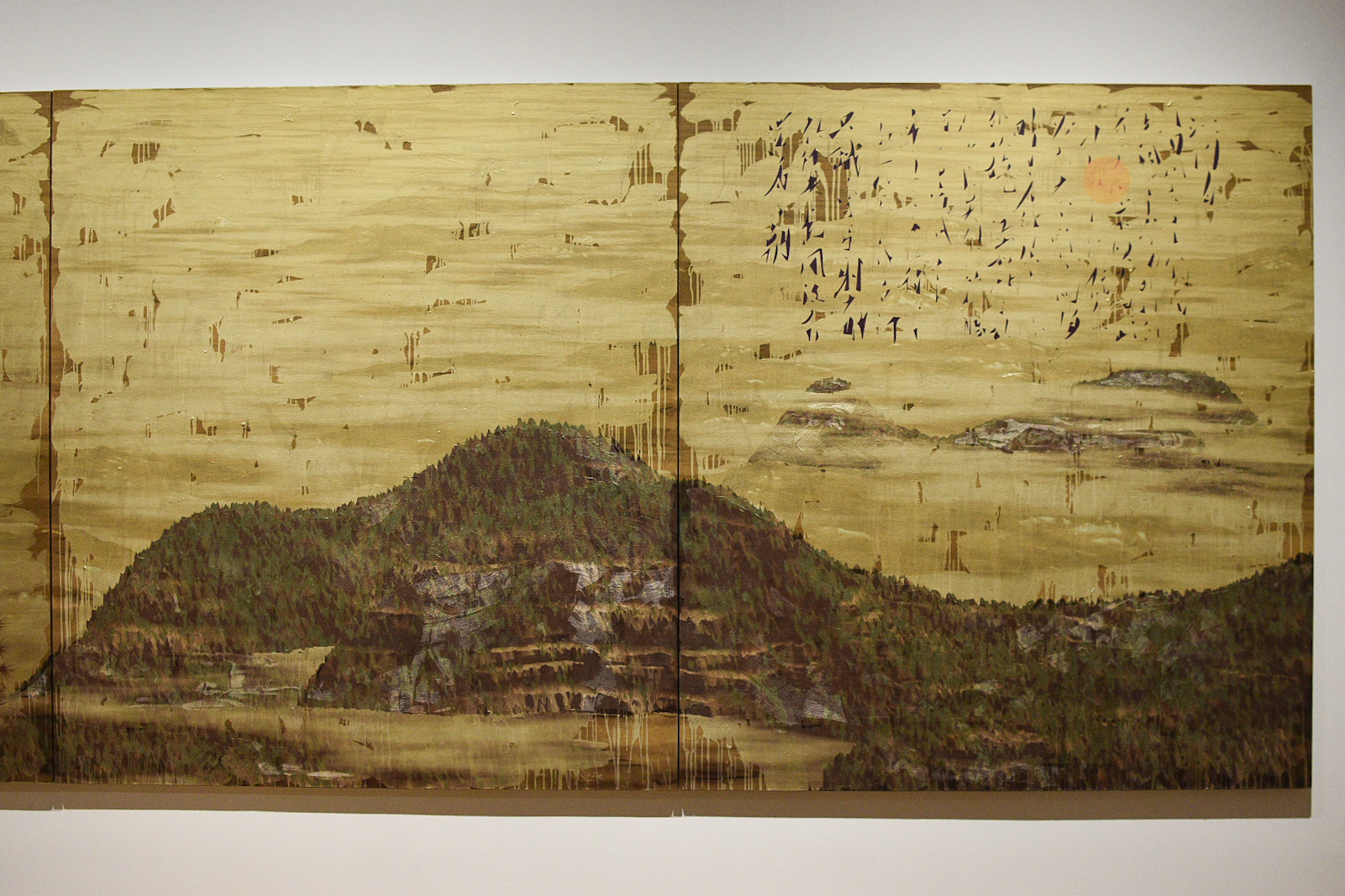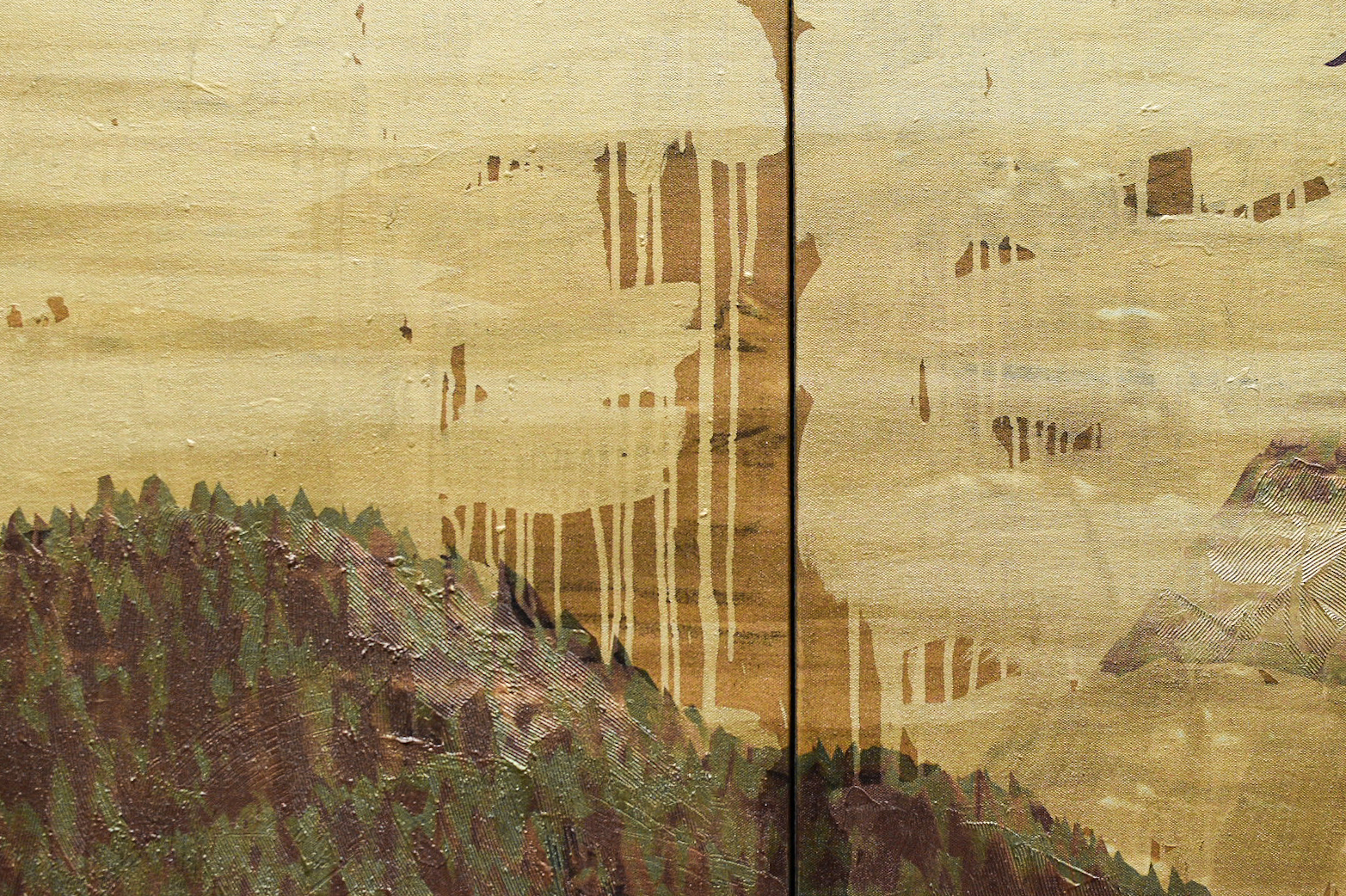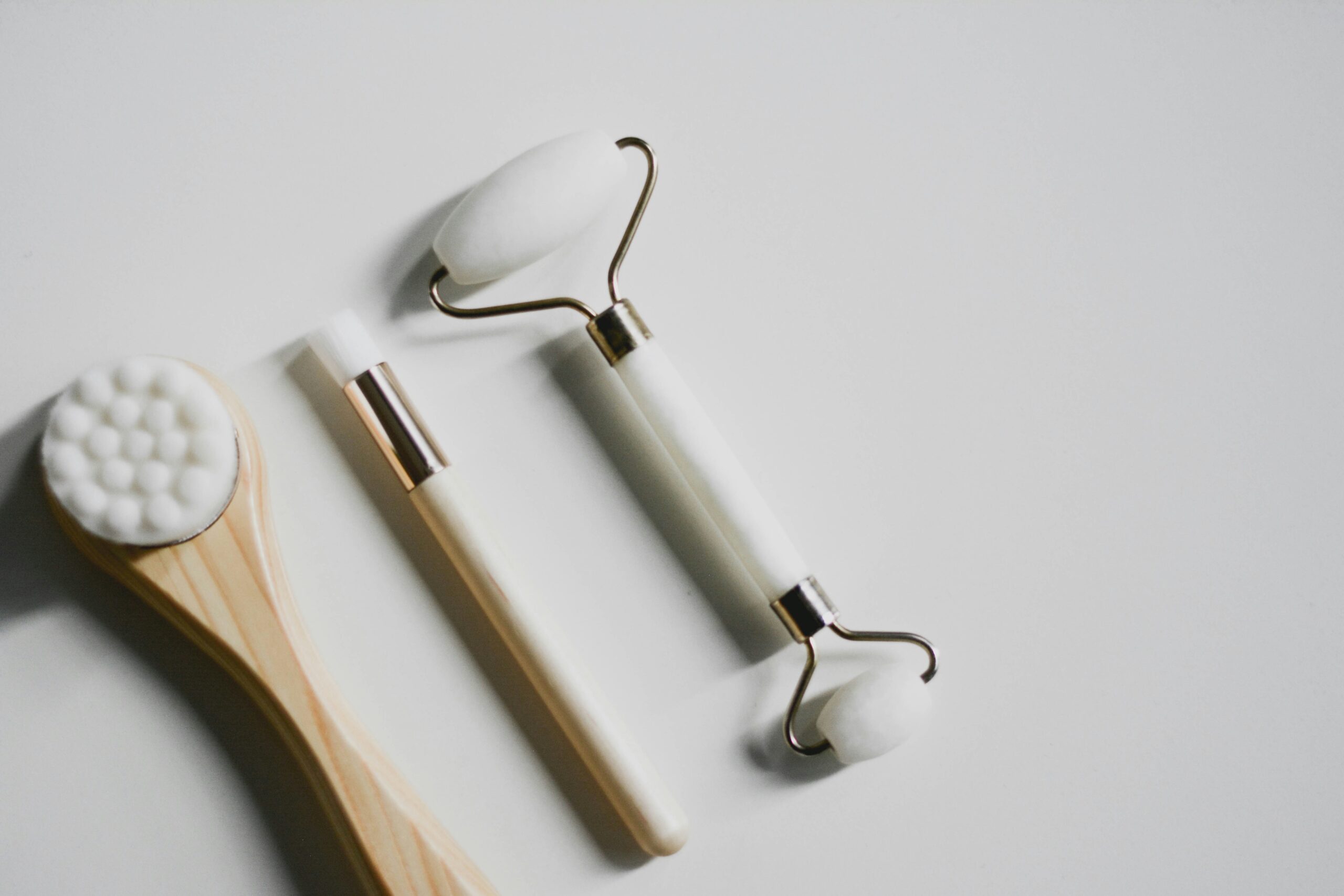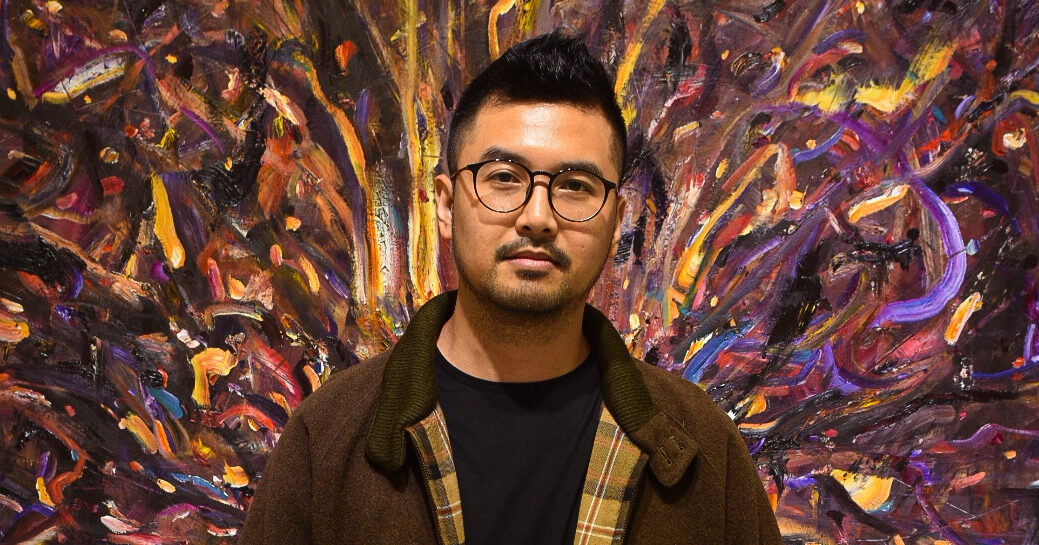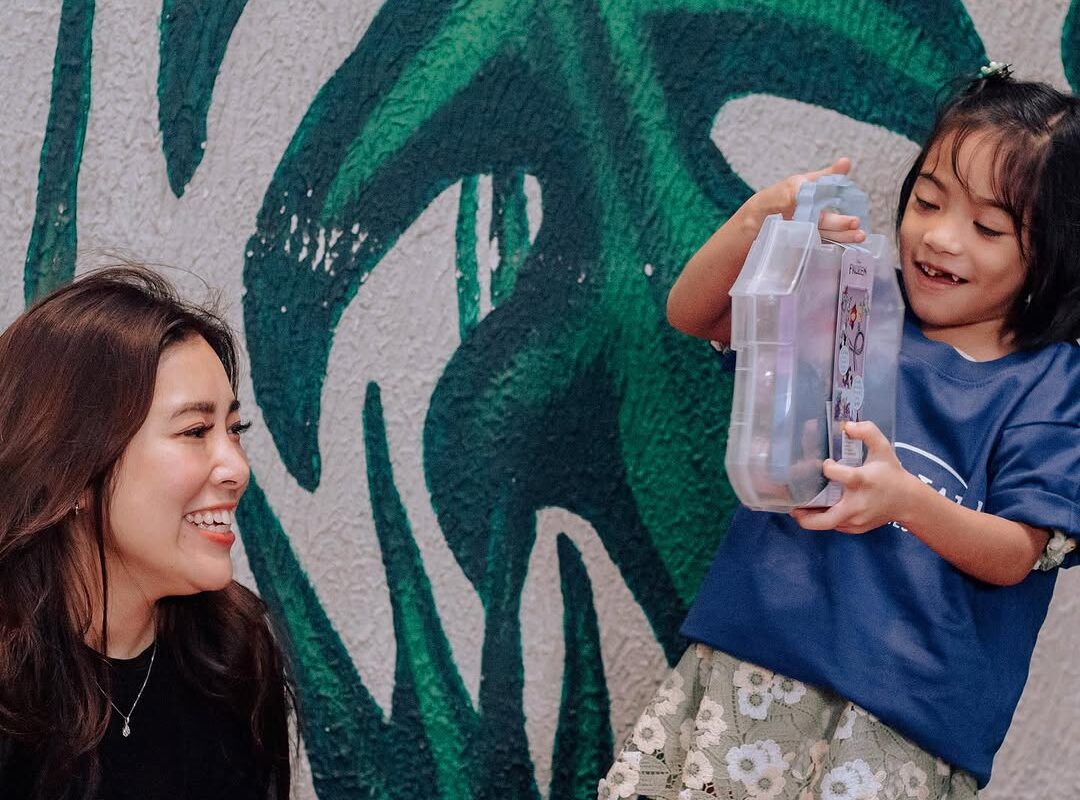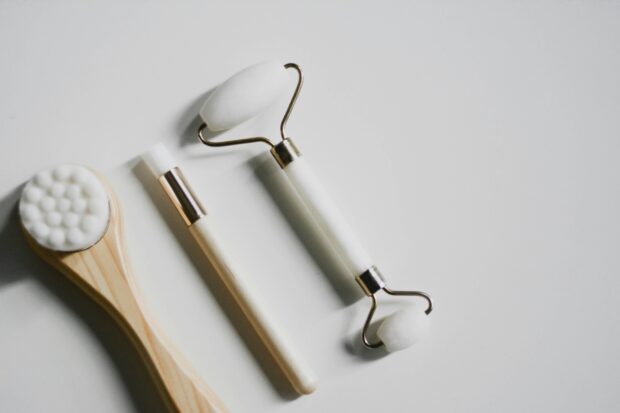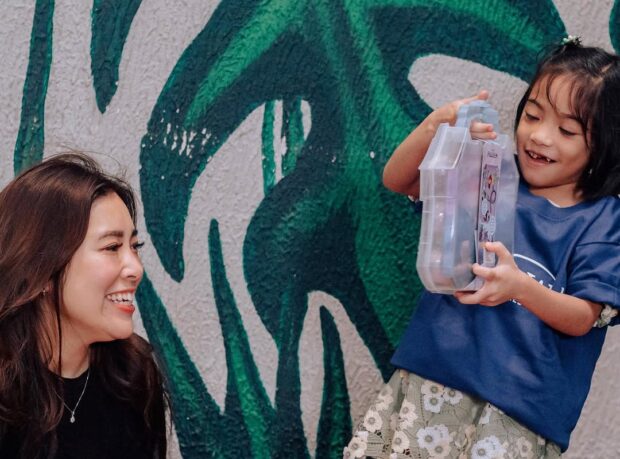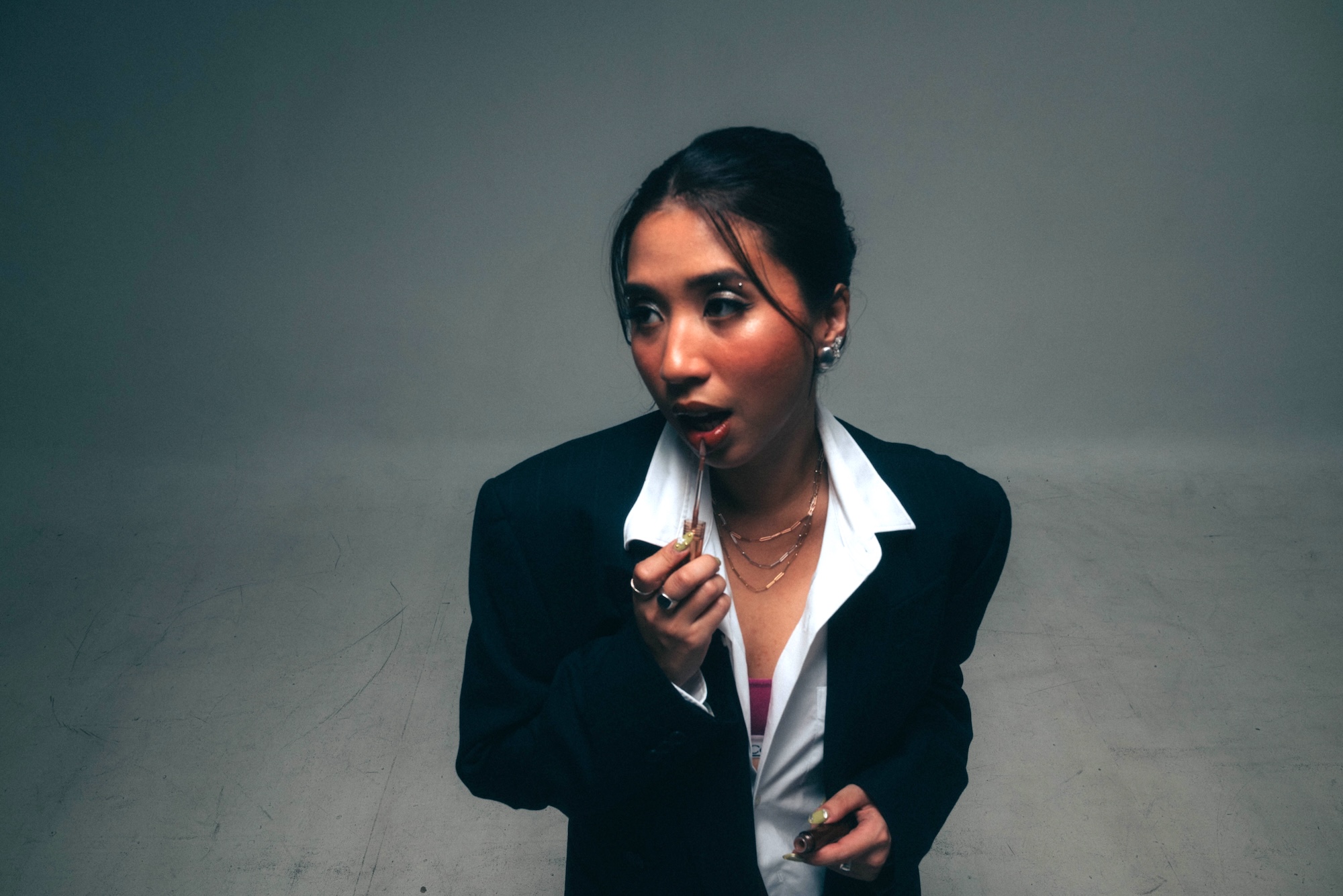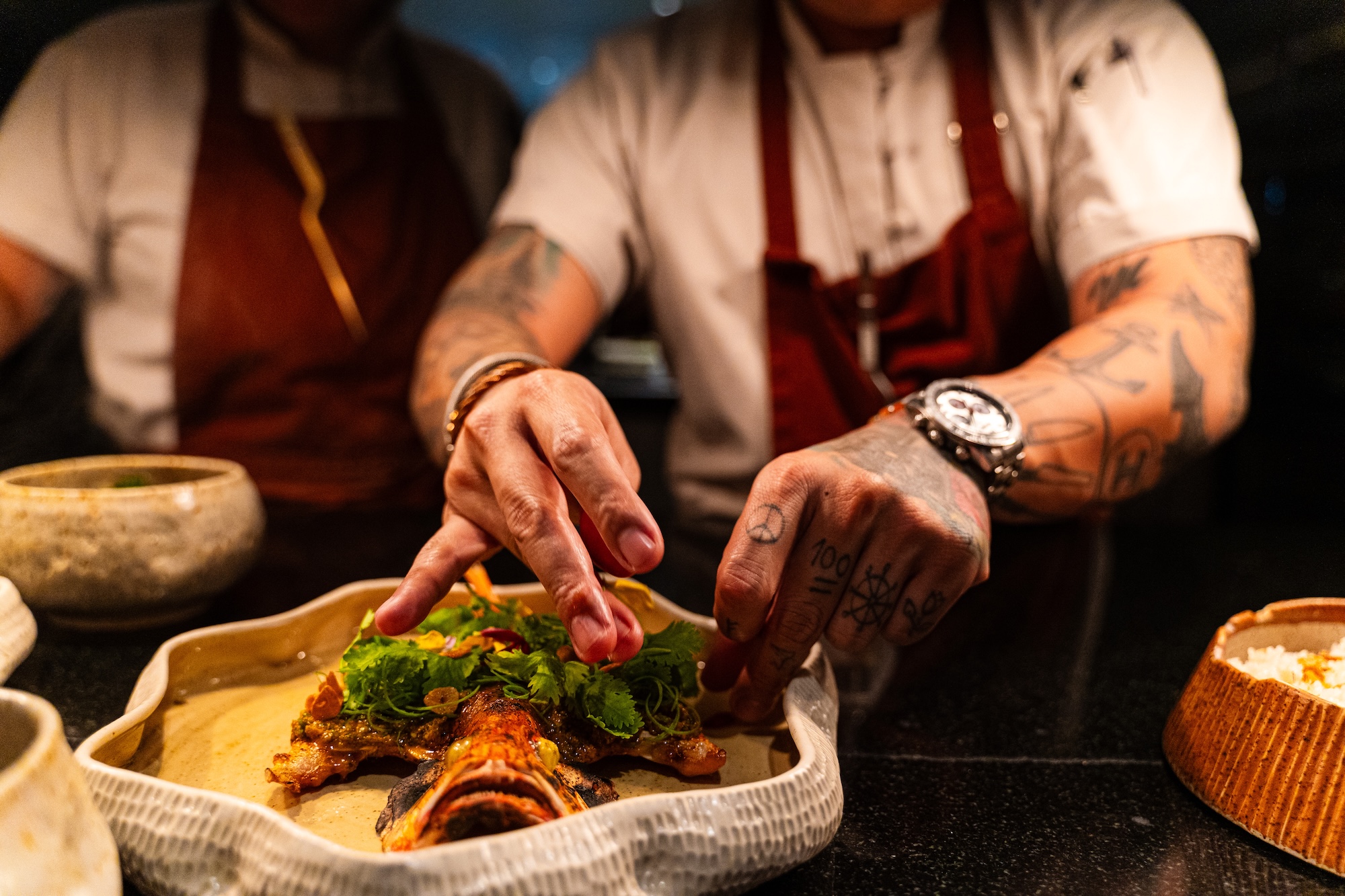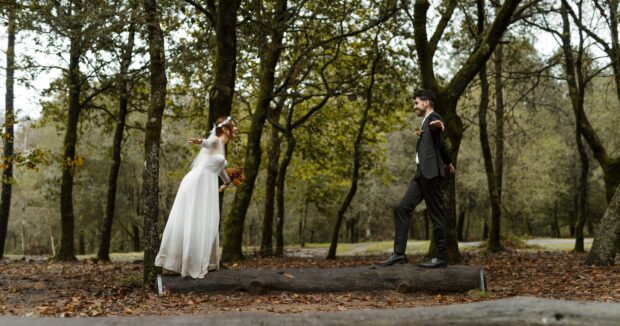M+ Sigg Collection curator talks about the transformation of Chinese contemporary art in the Mainland, and the challenges that confront Chinese artists in the diaspora
The world’s most iconic and influential museums are sustained and measured by the strength and indispensability of their collections. The National Gallery Singapore boasts of acquiring the largest collection of Southeast Asian art anywhere on earth while New York’s Museum of Modern Art (MoMA) takes pride in its almost 200,000 art objects spanning the last 150 years. Hong Kong, known for its glitz, grit, dynamism, and East-meets-West cosmopolitan character, is the city where Asia’s first museum dedicated to contemporary visual culture is established.
Located within the West Kowloon Cultural District, Hong Kong’s seminal and visionary M+ Museum presents itself as a dynamic institution that zeroes in on design and architecture, moving images, and visual arts. Focusing on Asian visual culture and having a transnational outlook, the M+ Museum brings to the foreground narratives, experiences, and perspectives from across the region.
M+ also boasts of acquiring, in 2012, the M+ Sigg Collection, arguably the most important collection of Chinese contemporary art in the world. Swiss art collector, diplomat, businessman, and M+ donor Uli Sigg refers to the M+ Sigg Collection as “the most comprehensive known record of Chinese contemporary art” today.
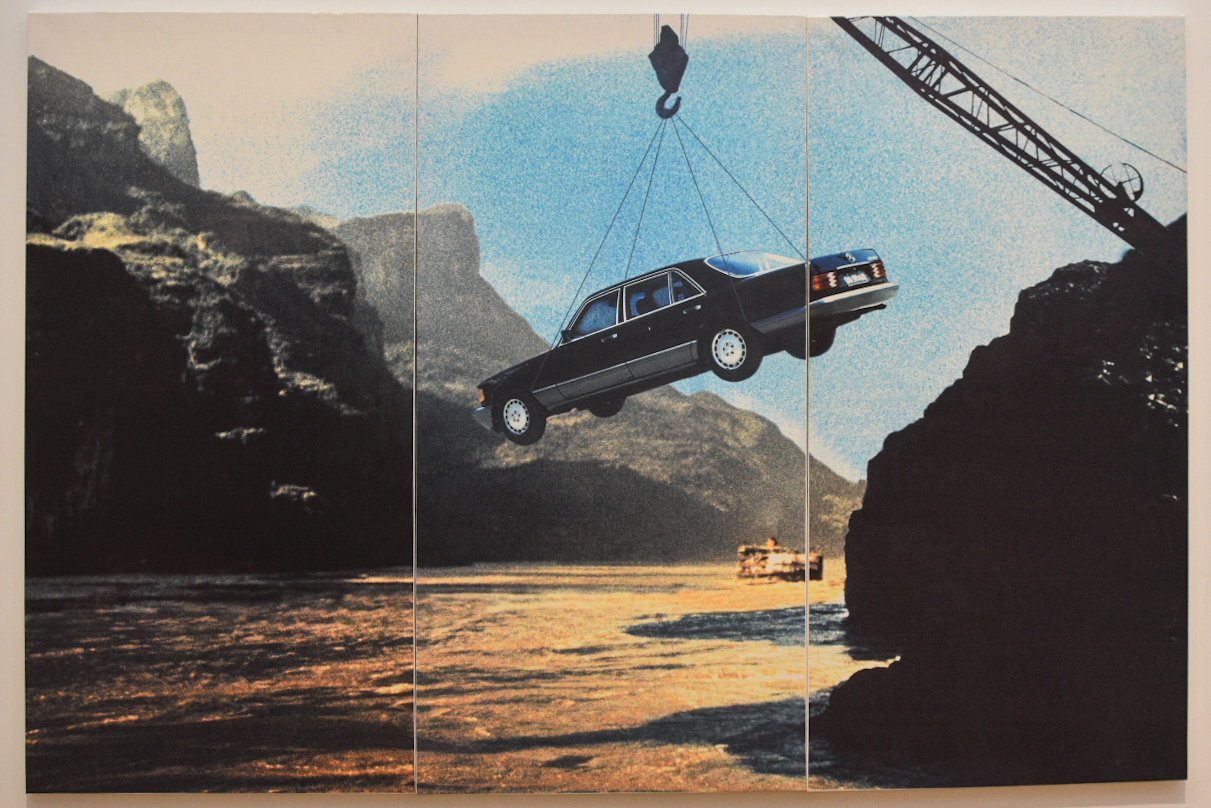
Expounding on the scope and depth of his massive donation to the M+ Museum, Sigg, the world’s largest private collector of Chinese contemporary art, writes, “The M+ Sigg Collection brings together 1,510 works by 324 artists, providing a broad spectrum. Its earliest part dates from the Cultural Revolution period (1966-1976). Works by the No Name Group of the mid-1970s, considered by some to be precursors of Chinese contemporary art, are present. Contemporary art is covered extensively in the collection from 1979 until early 2012… This is the main aim: to demonstrate the impressive breadth and depth of Chinese experimental art rather than single works or single artists.”
He adds that the M+ Sigg Collection “invites a critical reflection on the short history of contemporary art in China and cultivates insights into Chinese society in a historical moment that will be considered very important.”
Additionally, art historian and M+ Museum director Suhanya Raffel, in the book “Chinese Art Since 1970: The M+ Sigg Collection,” writes why M+ acquired the 1,510 pieces of Chinese contemporary art objects that constitute the phenomenal M+ Sigg Collection.
“Most simply, and most importantly, no museum had collected with any degree of depth avant-garde art created in China in the late twentieth century. In Hong Kong, within the West Kowloon Cultural District, here was a museum poised to do this work on a global scale.” Raffel adds, “The M+ Collections are conceived to be both cohesive and dynamic, and they are informed by the cosmopolitan character of Hong Kong.”

To further discuss the breadth and depth of the M+ Sigg Collection, accomplished scholar and art writer, and Sigg Collection curator Dr. Wu Mo provides Lifestyle.INQ a closer look into the world’s most comprehensive collection of Chinese contemporary art.
Dr. Wu Mo specifically talks about the “M+ Sigg Collection: Another Story,” an exhibition that tackles how artists “reconsider their cultural identities and express their uncertain state of being during China’s rapid modernization in the 1990s,” and explains why building Asia’s first museum dedicated to contemporary visual culture is of “undisputable importance.”
The M+ Sigg Collection is a massive and indispensable collection of Chinese contemporary art from the mid-20th century to the present day. In your opinion, how important is having a museum dedicated to contemporary visual culture in this day and age?
The importance is [indisputable]. With the rapid innovation of technology, people’s ways of seeing and perceiving the world have been profoundly impacted. Saturating in an environment encompassed by all sorts of media, the visual experience is largely expanded and highly mixed. As a museum initiated and opened in the 21st century, it is essential for M+ to acknowledge and keep exploring and researching the complexity of visual culture being shaped in such a context. In terms of framework, we are focusing on three major realms, including visual art, design and architecture, and moving images. Our collection-building, research, and programs are primarily generated from these three realms with interdisciplinary perspectives and methodology to provide a more comprehensive and diverse experience to our audiences.
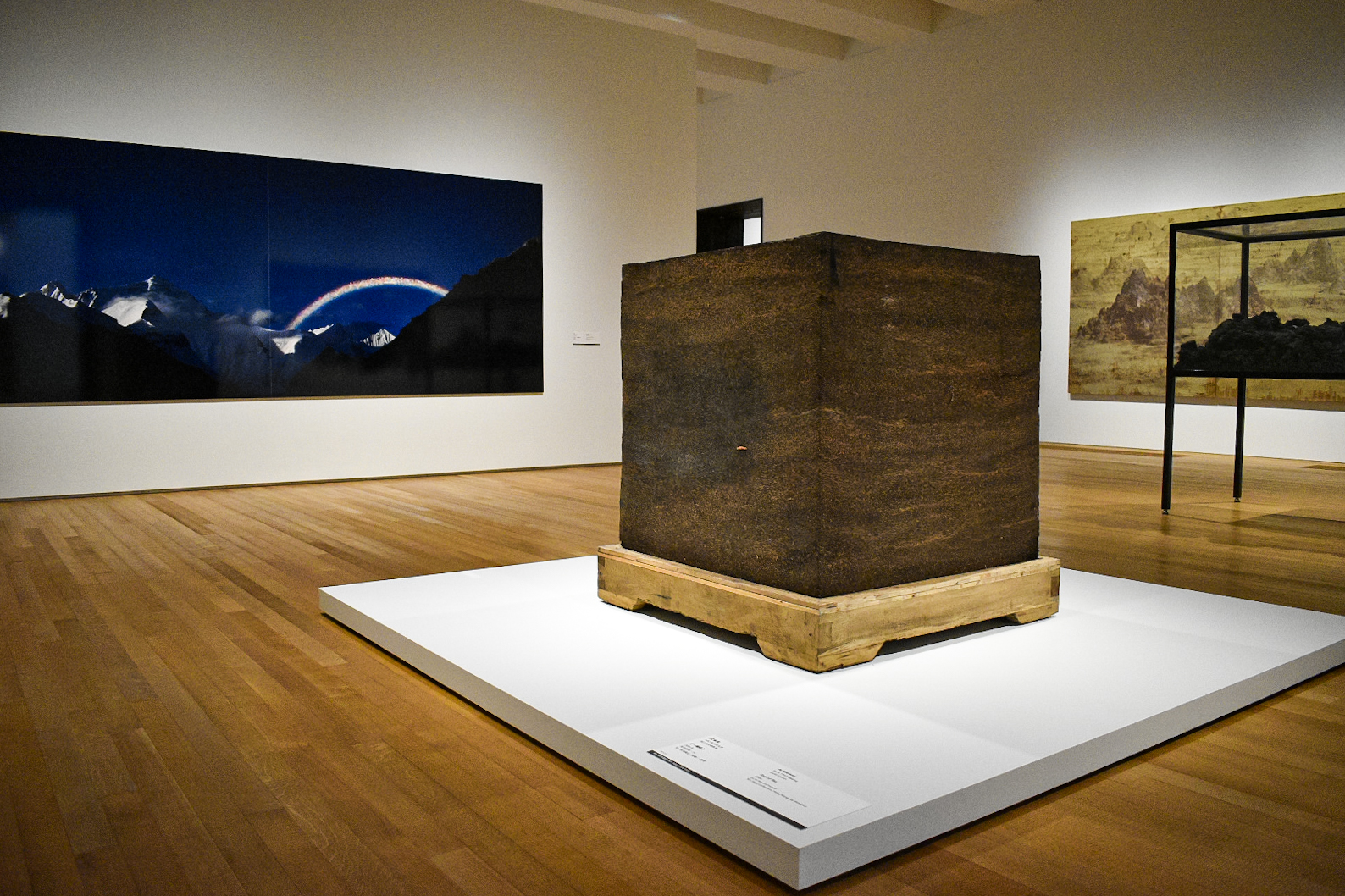
Referencing the curatorial framework of the “M+ Sigg Collection: Another Story,” what key concepts/ideas about Chinese contemporary art are being underscored in the exhibition?
The current exhibition at Sigg Galleries is “M+ Sigg Collection: Another Story,” the second of the three planned presentations of M+ Sigg Collection. It takes a visual approach to examine the styles and practices of contemporary Chinese art from the 1990s to the present. Distinct from the socio-political interpretative framework or the chronological narrative of the inaugural exhibition of the “M+ Sigg Collection: From Revolution to Globalisation,” “Another Story” surveys how artists reconsider their cultural identities and express their uncertain state of being during China’s rapid modernization in the 1990s. The exhibition brings together a multitude of works that exhibit qualities of overflowing visuals, ambiguous meanings, obsessions with transiency, and traditional interpretation. It offers a different perspective on understanding contemporary Chinese art and foregrounds its unique visual language through the lens of artists who strive for self-presence.
READ: Experience Hong Kong’s vibrant visual culture through 10 riveting art exhibitions
Considering local (Hong Kong), regional (East and Southeast Asia), and global contexts, what are the distinctive attributes of Chinese contemporary art in the 21st century?
It is obvious that contemporary Chinese art in the 21st century carries its own cultural heritage which comprises Chinese tradition, revolutionary aesthetics in the Mao era, and the legacy of 85 New Wave in the 1980s largely influenced by Western modern and contemporary art. Thus the hybridity and complexity in visual language is what we want to foreground in the current exhibition, which also reflects the social changes the artists were facing, as well as the different approaches and individualities that lie in their practices that link to their positioning of the cultural identities in a global context. For example, there is one room in the exhibition displaying several works taking the cultural products from the Cultural Revolution as subject matters, including Wang Jianwei’s My Vision Archive, Li Songsong’s The Happiness of Long Sleep, etc. all providing a new dimension to examine artists’ attitude towards the legacy from the Cultural Revolution, which is romanticizing them or taking them as the inspiration of their creation rather than only criticizing them.

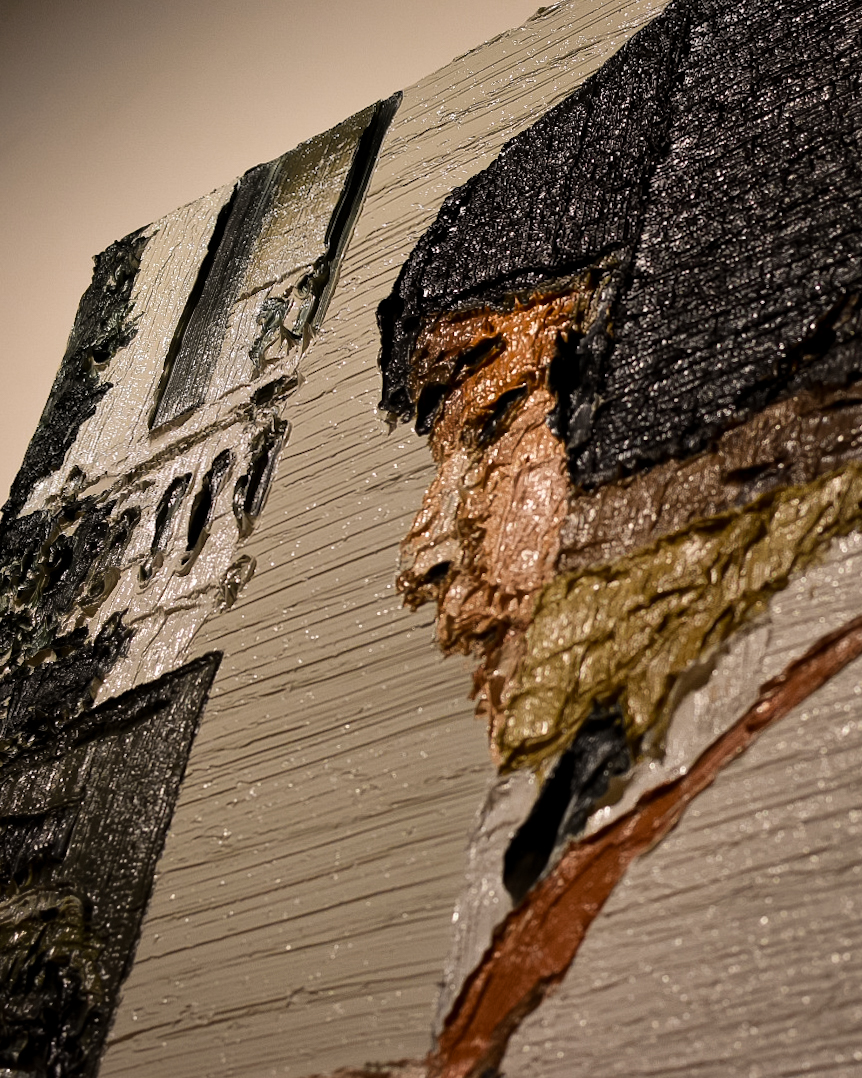
You received your PhD in History of Chinese Art at the Chinese University of Hong Kong, and your essays have been widely published in periodicals, catalogs, and various art publications like Artforum China, Journal of Contemporary Chinese Art, The Art Newspaper China, LEAP, to name a few. As an accomplished scholar and art writer, how does the Chinese mind differ from the Western mind vis-a-vis the understanding, production, and consumption of contemporary art?
I believe there is a certain universality as we are all exposed [to] an information era that synchronizes [one another], and the artworks reflecting humanity can always transcend cultural differences to resonate with massive audiences. Compared with the West, the museum culture started relatively late in China. This reality may cause certain differences and also define the mission and responsibility of M+ as a public museum.
We live in a period in history that has been geopolitically referred to as multipolar. The diverse spheres of influence and centers of power today continue to shape an increasingly unpredictable yet interesting global landscape. How has our understanding of contemporary art history been impacted by the emerging narratives and perspectives in Chinese contemporary art?
Contemporary art history is still taking its shape as this is something going on. The development of contemporary Chinese art in the past four decades provides us with an alternative dimension and different experience to re-investigate contemporary society and life. The charm of it is to translate and visualize the norm into something unusual/unfamiliar through artists’ hands and concepts, thus opening up a new space for viewers to think out of the box, and this sort of thinking may stimulate the power of future social changes.
For you, what are the 10 works that shouldn’t be missed in the M+ Museum’s Sigg Collection: Another Story?
Sun Yuan and Peng Yu, Old People’s Home, 2007
A large-scale kinetic installation that is comprised of 13 old male figures made of silicon sitting on a wheelchair to satirize the reality that the order of the world is determined and manipulated by a group of old men.

Gu Dexin, 2021-11-12, 2000/2023
An installation with a fascinating history and behind-the-scenes story that challenges the viewers’ perception and all the systems that we are used to.
He Xiangyu, Coca-cola Project, 2009
Derived from the artist’s one-year activities in his hometown–boiling away 127 tons of Coca-cola. The landscape-like structure is composed of the residue from the process.
Feng Mengbo, 2007WCSSXL01 (Wrong Coding Shanshui), 2007
One of the earliest artworks generated from newly emerged image processing software reinterpreting the traditional landscape painting in China.
Wang Jin, My Bones, 2001
Five monumental porcelain bones standing in the gallery indicate the artist’s shift from Chinese-centric political and social motifs to universal subjects that are common to all people. The artist invested considerable labor in its creation, and the process is as much a physical experience as it is spiritual.
Hong Hao, My things No. 5 – 5000 Pieces of Rubbish in 2002, 2001–2002
Thousands of everyday objects are squeezed into a frame to mimic a celestial landscape in the photograph. This work is a record of the artist’s consumption behavior and living conditions as much as it is an exhibit of the impact of consumerism.
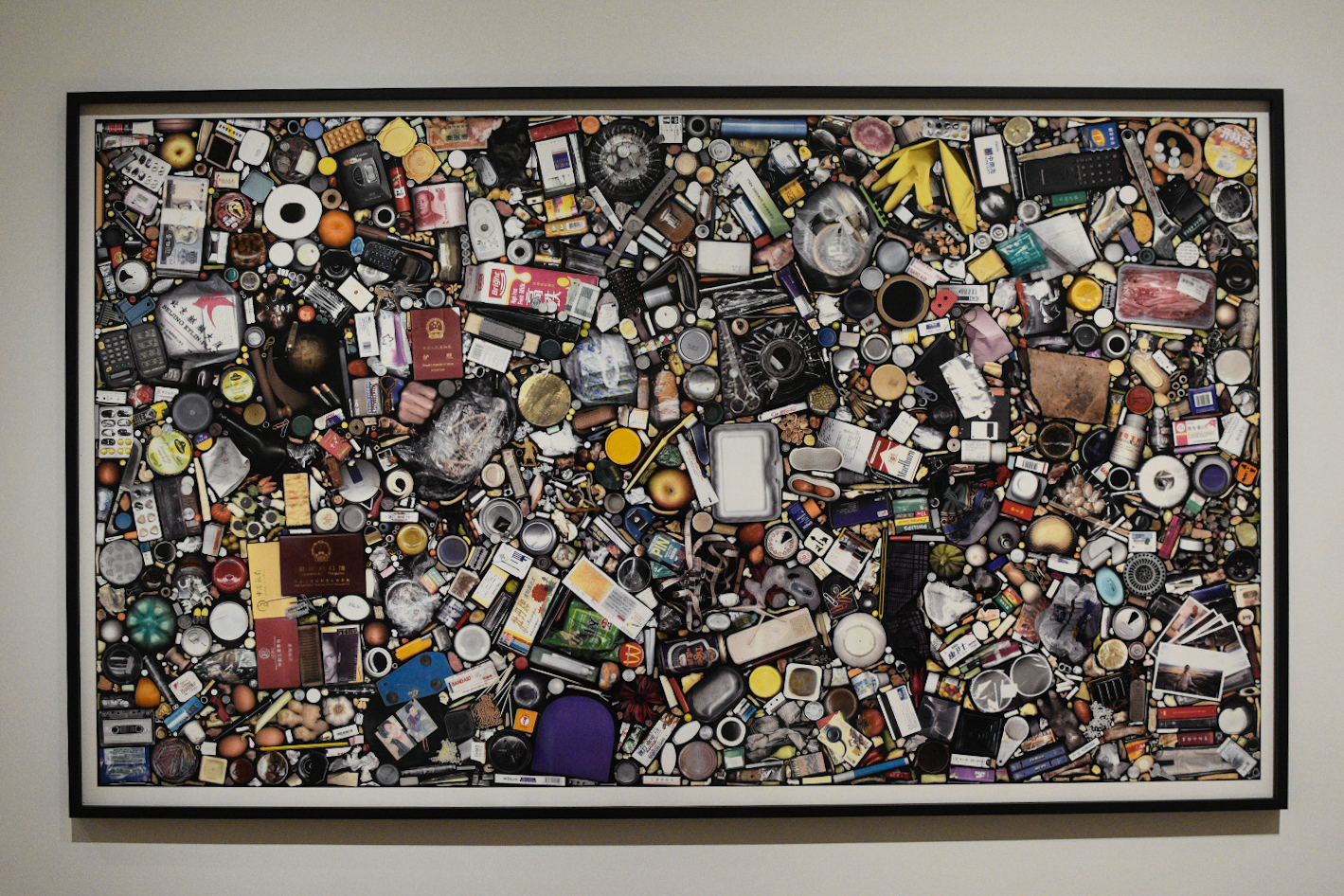
Lu Qing, Untitled, 2000
The long silk scroll [covered with] grid patterns [of] small dark-grey squares [painted] in acrylic paint was accomplished by Lu Qing in one year’s time. She considers the painting as her diary. The varying shades of dark grey in the work indicate changes in Lu Qing’s emotional state and [illustrate variations] in the pressure she exerted, and is also [reminiscent of the] different shades of black in traditional Chinese painting. The work is a meditative practice in which the process is valued over the end product, and it functions as an abstract record of emotion and time.
Duan Jianyu, Art Chicken No.12, 2004
Duan Jianyu created the “Art Chicken” in a humorous way to tease the contemporary art world’s contempt for vulgarness. In the painting, a huge roast chicken hangs from a coconut tree against the backdrop of the classic Chinese landscape of Guilin, deliberately creating a sense of absurdity.
Yue Minjun, La Liberté Guidant le Peuple, 1995
A group of men in dull, identical clothes laugh hysterically, likely in self-mockery. They all bear an uncanny resemblance to the artist Yue Minjun. Some of them stride forward in excitement amid the smoke of gunpowder, while others lie fallen on the ground. Yue appropriates the composition and title of the French painting Liberty Leading the People (1830). He replaces the background and the valiant Parisians of the revolution with a modern cityscape and a group of absurd ‘laughing men’, giving the work a cynical tone.
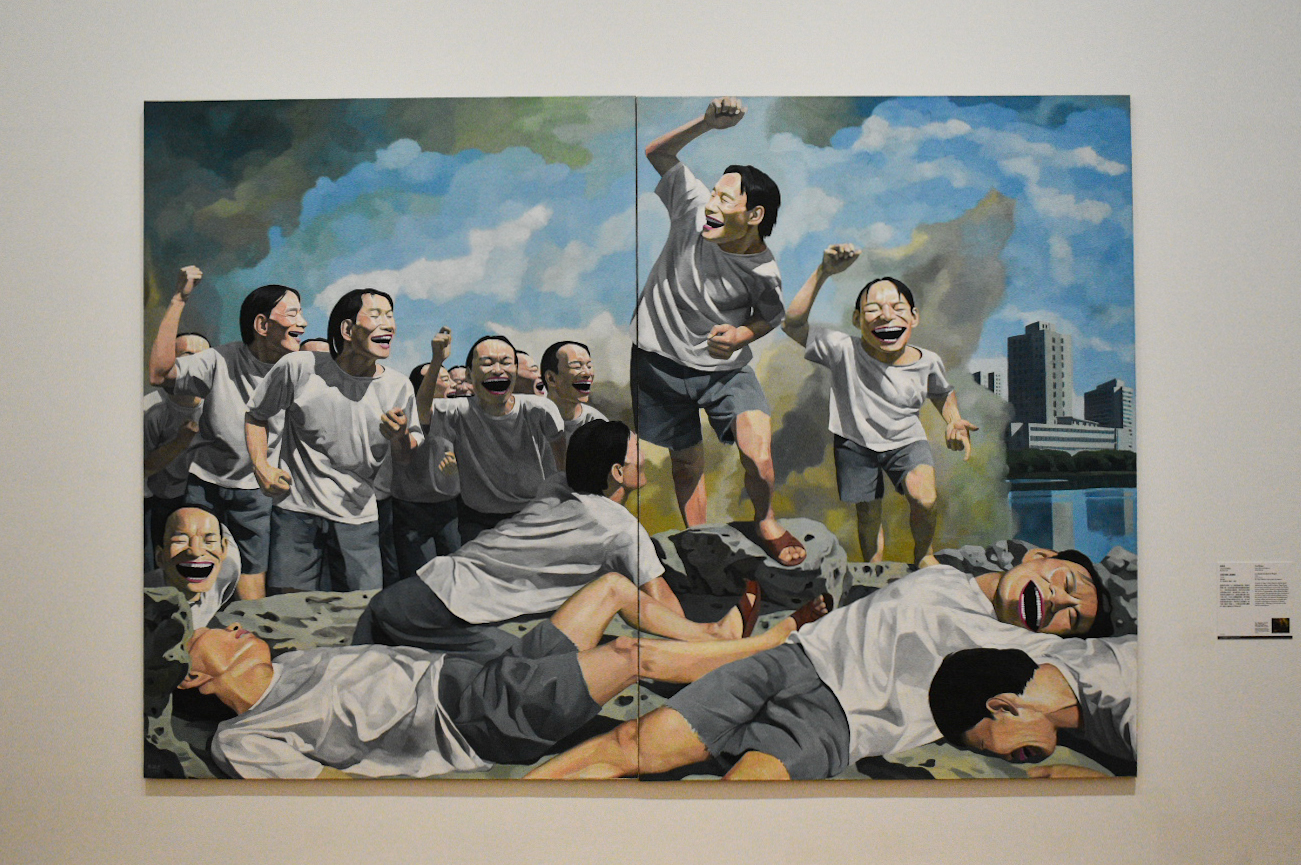
Wang Jianwei, My Vision Archive, 2001
My Vision Archive contains footage of war films and Chinese model operas produced by the prolific August First Film Studio during the Cultural Revolution. Chinese propaganda films focused mostly on the courage of the People’s Liberation Army and the struggle of the proletariat against tyrannical landowners. The ‘eight revolutionary model operas’ celebrated communist ideology and were seen by generations of audiences. For Wang, these productions deeply influenced the early development of his artistic imagination and creative sensibility. In My Vision Archive, he presents the visual culture of his childhood as a fundamental aspect of his contemporary artistic practice.
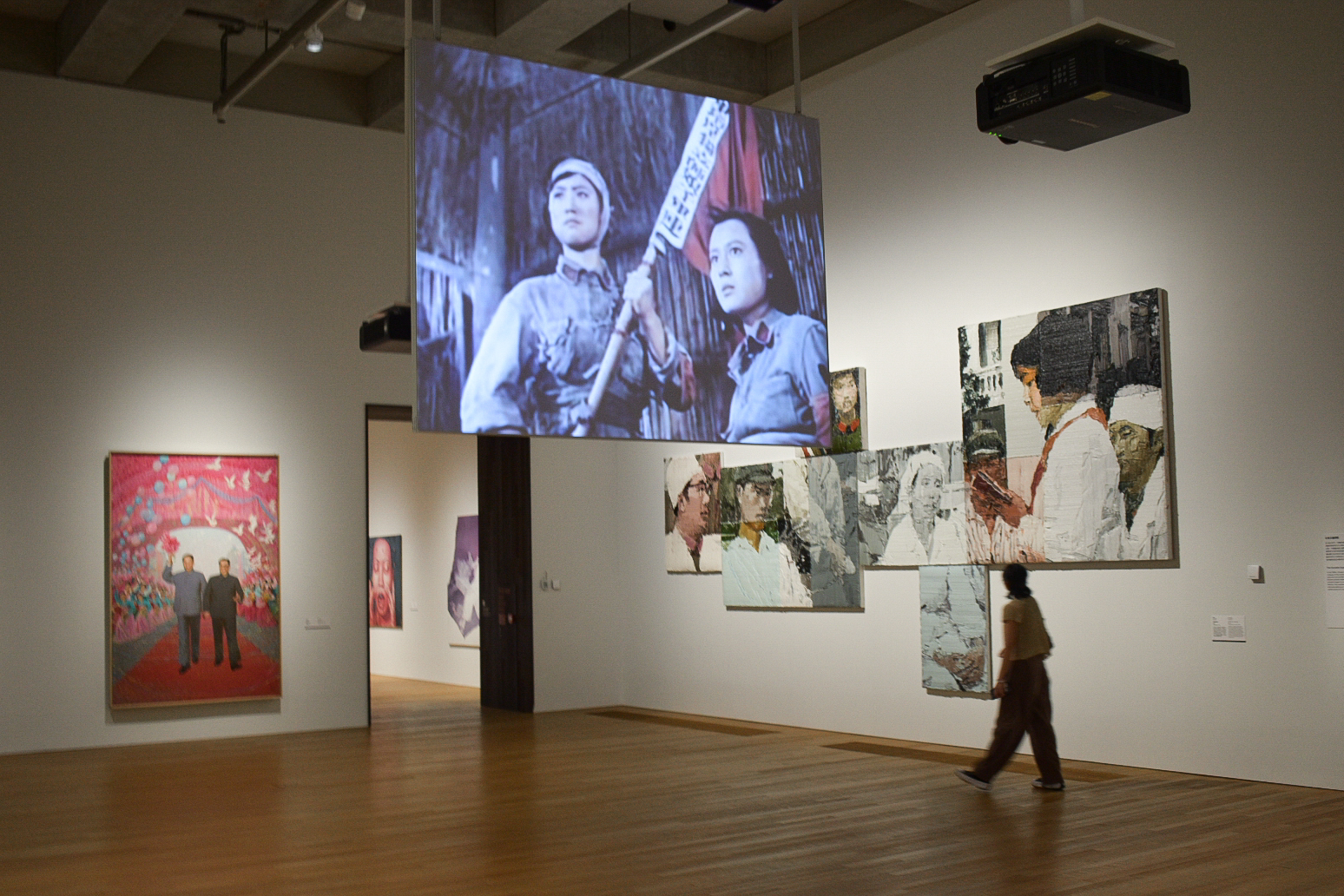
In your opinion, is it a prerequisite for Chinese contemporary artists to deeply understand traditional Chinese art as they produce contemporary works of art?
Not a necessity.
What are the marked differences between works produced by Chinese artists from the Greater China region and Chinese artists in the diaspora?
From my perspective, the diaspora Chinese artists tend to focus more on situating their cultural identity in the global arena. It is quite natural they would be more sensitive being cultural outsiders. And this sort of cultural sensitivity usually influences their approach and languages which is evident in artists such as Huang Yong Ping, Cai Guoqiang, and Chen Zhen’s works.

In the Philippines, the Chinese diaspora, from the Spanish colonial period to the present day, has woven its culture, art, industries, and values into the social fabric of the nation. What do you wish for Filipinos to takeaway from the M+ Sigg Collection of Chinese contemporary art?
As one of the most complete and comprehensive public collections of contemporary Chinese art, I hope the audiences can understand the historical context of contemporary Chinese art, as well as its development and characteristics, and feel resonance with its subject matters. We are also exploring the possibility of displaying and interpreting Sigg Collection in cross-disciplinary and cross-cultural frameworks to make the collection more relevant to as many audiences as possible.
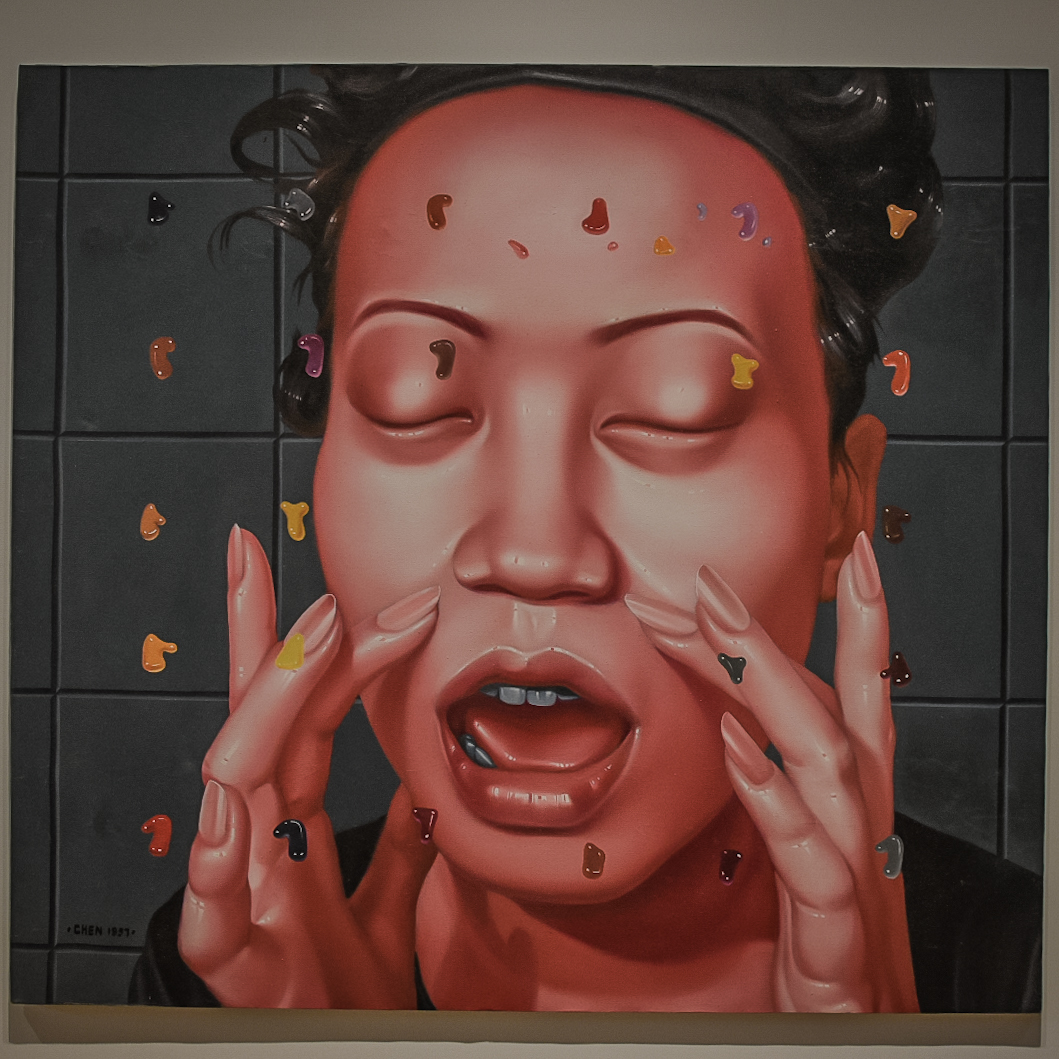
Looking into the future, what excites you the most about Chinese contemporary art?
The creativity, resilience, and incredible sense of humor of Chinese artists.
Lifestyle.INQ wishes to thank Russell Storer, M+ senior curator and head of curatorial affairs, for making this interview and special coverage possible.

